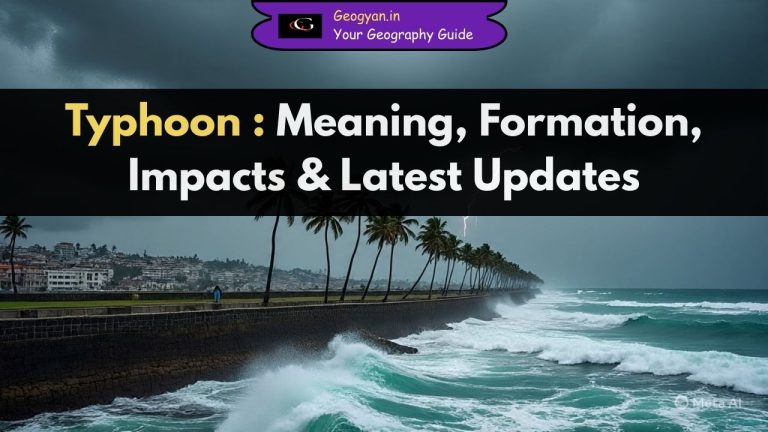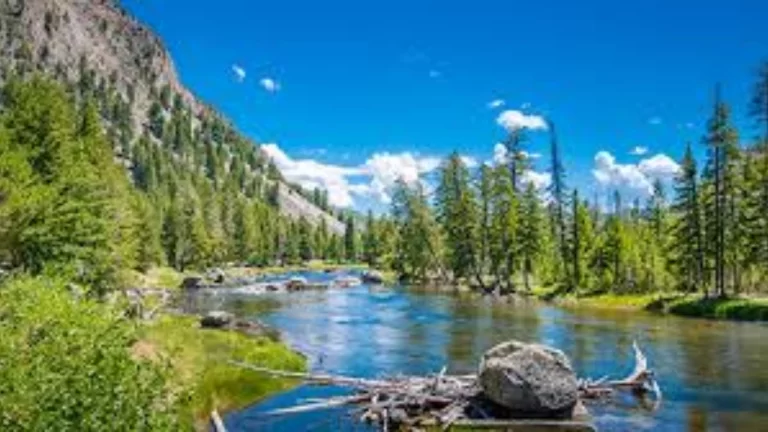Introduction
Remote sensing is a powerful technology used to gather information about the Earth’s surface without direct contact. It plays a crucial role in various scientific and practical applications, including weather forecasting, environmental monitoring, agriculture, and disaster management. This blog post will provide a simple yet comprehensive explanation of remote sensing, its fundamental principles, and its key components.
Definition of Remote Sensing
Remote sensing is the science and technology of obtaining information about an object or area from a distance, typically using satellites or aircraft. It involves detecting and recording reflected or emitted energy and processing the collected data to extract meaningful information.
According to the Canada Centre for Remote Sensing, remote sensing can be defined as:
“Remote sensing is the science (and to some extent, art) of acquiring information about the Earth’s surface without actually being in contact with it. This is done by sensing and recording reflected or emitted energy and processing, analyzing, and applying that information.”
How Does Remote Sensing Work?
This process involves an interaction between electromagnetic radiation and the Earth’s surface. The following seven key elements make up the remote sensing process:

1. Energy Source or Illumination (A)
Every remote sensing process requires a source of energy, usually the Sun, to illuminate the target area. The energy is either reflected or absorbed and then emitted by the target.
2. Radiation and the Atmosphere (B)
As the energy travels from the source to the target, it interacts with atmospheric particles. This interaction may alter the energy before it reaches the target and again as it travels from the target to the sensor.
3. Interaction with the Target (C)
Once the energy reaches the target, different surfaces (e.g., water, vegetation, soil) interact with the radiation in unique ways. These interactions provide important information about the target’s characteristics.
4. Recording of Energy by the Sensor (D)
After interacting with the target, the energy is detected and recorded by remote sensors, which can be onboard satellites, drones, or aircraft. These sensors capture the reflected or emitted energy and convert it into digital data.
5. Transmission, Reception, and Processing (E)
The recorded data is transmitted to receiving stations, where it undergoes processing to convert raw data into usable images or maps. This stage often involves complex software and algorithms.
6. Interpretation and Analysis (F)
Scientists and analysts interpret the processed images to extract valuable insights. This can be done visually or using advanced digital techniques to identify patterns, detect changes, and classify objects.
7. Application (G)
The final step is the practical application of remote sensing data. The extracted information is used in various fields such as agriculture, forestry, climate monitoring, disaster management, and urban planning.
Applications of Remote Sensing
This technology has a wide range of applications, including:
- Environmental Monitoring: Tracking deforestation, pollution, and climate change.
- Agriculture: Assessing crop health, soil moisture, and yield prediction.
- Disaster Management: Detecting and assessing floods, wildfires, and earthquakes.
- Urban Planning: Analyzing land use and infrastructure development.
- Weather Forecasting: Monitoring atmospheric conditions and predicting storms.
Conclusion
Remote sensing is an essential technology that helps us understand and manage our planet more effectively. By utilizing energy from the Sun or artificial sources, sensors capture and analyze data to provide critical insights into natural and human-made environments. As technology advances, it continues to revolutionize industries and improve decision-making processes worldwide.





























